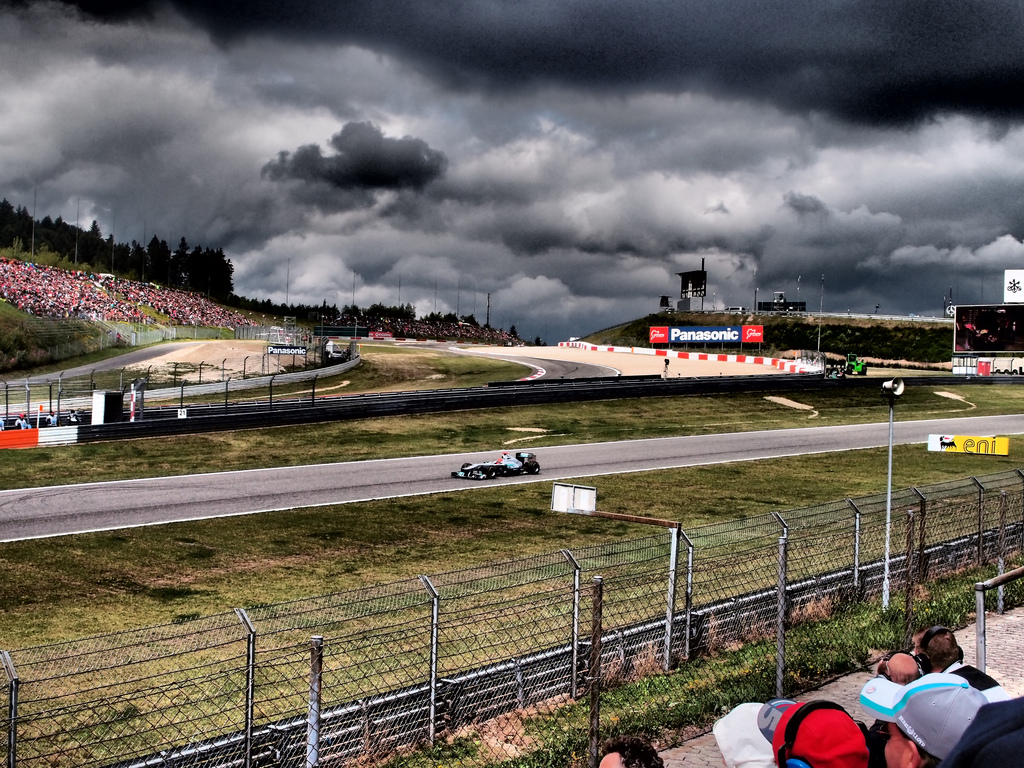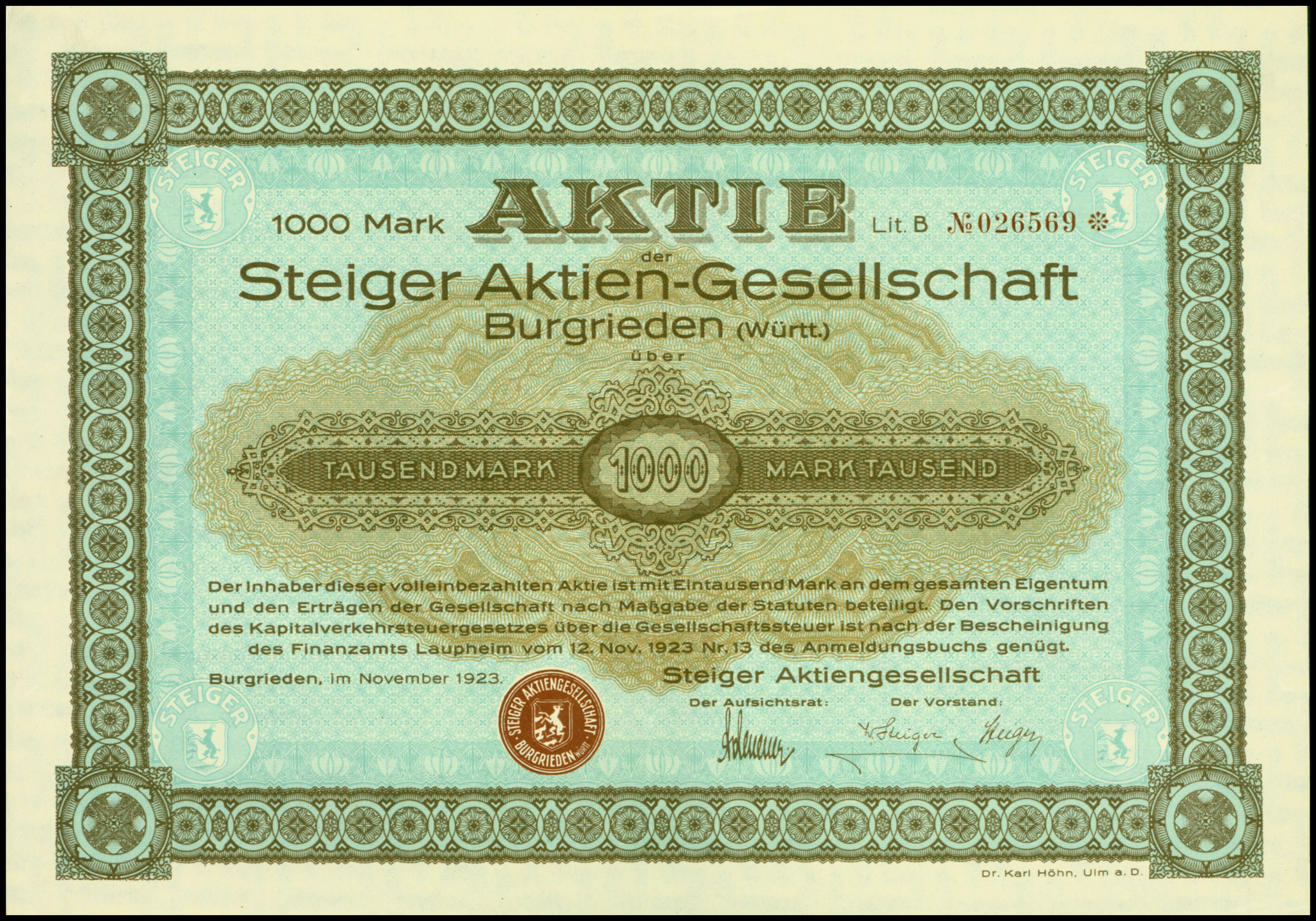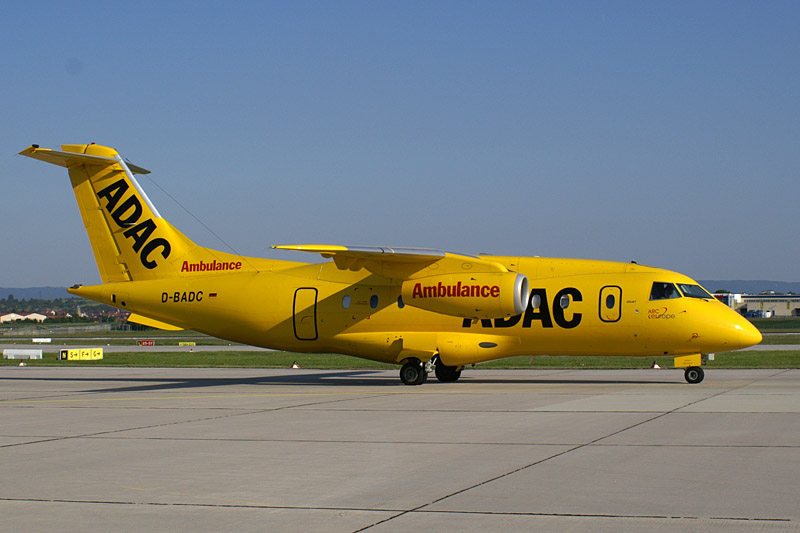|
Eifelrennen
The Eifelrennen was an annual motor race, organised by ADAC Automobile Club from 1922 to 2003, held in Germany's Eifel mountain region. Like other races of its time it was first held on public roads. In 1927 it was moved to the newly-built Nürburgring. History Starting from 1922, the first races were held on a 33 km long combination of public roads around Nideggen, Wollersheim, Vlatten, Heimbach, Hasenfeld and other villages in the Eifel mountains, similar to the Targa Florio which was a very important race at that time, and popular in Germany due to two wins by Mercedes (car), Mercedes (still without Benz & Cie., Benz then). In 1922, all vehicles were allowed, cars, motorbikes, and even bicycles with supporting engines. Over 100 entrants showed up to compete in the 10-lap event. The track was not paved, and muddy after heavy rains. From 1924 to 1926, the races for 2 and 4 wheels were held on separate days, and classes were introduced. Still, several fatal accidents happ ... [...More Info...] [...Related Items...] OR: [Wikipedia] [Google] [Baidu] |
Nürburgring
The () is a 150,000-person capacity motorsports complex located in the town of Nürburg, Rhineland-Palatinate, Germany. It features a Grand Prix motor racing, Grand Prix race track built in 1984, and a long configuration, built in the 1920s, around the village and medieval castle of Nürburg in the Eifel mountains. The north loop is long and contains more than of elevation change from its lowest to highest points. Scottish racing driver Jackie Stewart nicknamed the track "the Green Hell". Originally, the track featured four configurations, namely the -long , which in turn consisted of the , and the . There was also a warm-up loop called , or , around the Pit stop, pit area. Between 1982 and 1983, the start–finish area was demolished to create a new , which is now used for all major and international racing events. However, the shortened is still in use for racing, testing and public access. Prior to World War II, the Nürburgring hosted 13 editions of the German Gra ... [...More Info...] [...Related Items...] OR: [Wikipedia] [Google] [Baidu] |
Toni Ulmen
Anton "Toni" Ulmen (25 January 1906 – 4 November 1976) was a German motorcycle and racing driver from Düsseldorf, Germany. His racing career started in 1925 on a 250 cc Velocette. In 1927 he won the opening race of the Nürburgring on a 350 cc Velocette. In 1929 he won the 350 cc class on the Eilenriede, a non-permanent race course near Hannover. From 1949 to 1952, he was four times German sports car and Formula 2 champion. Craftsman, businessman and racer After leaving school, Ulmen served an apprenticeship as a machinist with Motorradwerkstatt Hasenclever. When he finished there, he founded Gebrüder Ulmen, with his brother Andreas. They become the representatives of Opel for Düsseldorf. It was in 1925 that Ulmen began his career in motorsport, at the Großen Deutschland-Rundfahrt on a 250cc Velocette motor cycle. Two years later can riding a 350 cc Velocette he won the first Eifelrennen, to claim the Deutsche Tourist-Trophäe, the inaugural race held on the Nürburgri ... [...More Info...] [...Related Items...] OR: [Wikipedia] [Google] [Baidu] |
Rudolf Caracciola
Otto Wilhelm Rudolf Caracciola (30 January 1901 – 28 September 1959) was a German racing driver.Bolsinger and Becker (2002), p. 63 He won the European Championship (auto racing), European Drivers' Championship, the pre-1950 equivalent of the modern Formula One, Formula One World Championship, an unsurpassed three times. He also won the European Hill Climb Championship, European Hillclimbing Championship three times – twice in Sports car racing, sports cars, and once in Grand Prix cars. Caracciola raced for Mercedes-Benz in motorsport, Mercedes-Benz during their original dominating Silver Arrows period, named after the silver colour of the cars, and set speed records for the firm. He was affectionately dubbed ''Caratsch'' by the German public,Reuss (2006), p. 20 and was known by the title of ''Regenmeister'', or "Rainmaster", for his prowess in wet conditions. Caracciola began racing while he was working as Apprenticeship, apprentice at the Fafnir (automobile), Fafnir automobi ... [...More Info...] [...Related Items...] OR: [Wikipedia] [Google] [Baidu] |
German Motorcycle Grand Prix
The German motorcycle Grand Prix, first held in 1925, is a motorcycling event that is part of the Fédération Internationale de Motocyclisme, FIM Grand Prix motorcycle racing season. The event is due to take place at the Sachsenring until at least 2026. History The first two ''Großer Preis von Deutschland'' races were held at Berlin's AVUS before moving to the new the purpose-built Nürburgring which was used in its full 28 km configuration. No GP was held in 1932, in 1933 the AVUS was given another try, and since 1934, public roads near and through Hohenstein-Ernstthal in Saxony were in use, initially without the name Sachsenring which had been used elsewhere. It was adopted in 1937. After the war, in 1949, two German states were founded, and the Fédération Internationale de Motocyclisme, FIM introduced a motorcycle World Championship in which neither Germans nor German race tracks could participate due to still being banned. In the (Western) Federal Republic of Germ ... [...More Info...] [...Related Items...] OR: [Wikipedia] [Google] [Baidu] |
Steiger (automobile Company)
The Steiger company was founded in 1914 as Maschinenfabrik (engine manufactory) Walther Steiger & Co. by the Swiss engineer Walther Steiger (1881–1943) in Burgrieden near Ulm, Germany. In 1921 it became a limited company (Steiger AG). During its short life the firm produced circa 1,200 vehicles. Founding and Early History During World War I the Steiger firm repaired aeroplanes and aeroplane engines. In 1917 the owner and his engineer, Paul Henze, began to work on motorized vehicles. Plans for the manufacture of tractors were abandoned in favour of automobiles; their first model, the Steiger 10/50 PS, was produced in 1920. This touring model with a 2.6-litre four cylinder engine (50 hp / 37 kW) became Steiger's most significant product and was still in production when the firm collapsed in 1926. Its modern OHC engine was distinctive because of an overhead camshaft driven by spiral-toothed bevel gear wheels. These cars, with 'u' shaped pressed steel frames, two ax ... [...More Info...] [...Related Items...] OR: [Wikipedia] [Google] [Baidu] |
ADAC
The ADAC, officially the Allgemeiner Deutscher Automobil-Club (), is Europe's largest automobile association. The ADAC is the largest wikt:Verein, ''verein'' (club) in Germany, with around 21 million members. Its headquarters are located in Munich. Its original and most well-known service is roadside assistance. The objective of the ADAC is "the representation, promotion, and advocacy of motoring, motorsport, and tourism interests." The ADAC also owns subsidiaries in the insurance and publishing sectors. These subsidiaries all operate under ADAC Beteiligungs- und Wirtschaftsdienst GmbH, which assumes the Holding company, holding function. Via its subsidiary ADAC Air ambulance, ADAC Luftrettung (), the ADAC operates the largest fleet of ambulance helicopters in Germany. History The Allgemeiner Deutscher Automobil-Club (ADAC) was founded on 24 May 1903, at the then-:de:Hotel Silber (Gebäude), Hotel Silber in Stuttgart. It was originally named the ''Deutsche Motorradfahrer-V ... [...More Info...] [...Related Items...] OR: [Wikipedia] [Google] [Baidu] |
Touring Car Racing
Touring car racing is a motorsport road racing competition that uses race-prepared touring cars. It has both similarities to and significant differences from stock car racing, which is popular in the United States. While the cars do not move as fast as those in Formula racing, formula or sports car racing, sports car races, their similarity both to one another and to fans' own vehicles makes for well-supported racing. The lesser use of aerodynamics means following cars have a much easier time passing than in open-wheel racing, and the more substantial bodies of the cars makes the subtle bumping and nudging for overtaking much more acceptable as part of racing. As well as short ''sprint'' races, many touring car series include one or more Endurance racing (motorsport), endurance races, which last anything from 3 to 24 hours and are a test of reliability and pit crews as much as car, driver speed, and consistency. Characteristics Touring car racing started in the mid twentiet ... [...More Info...] [...Related Items...] OR: [Wikipedia] [Google] [Baidu] |
Sports Car Racing
Sports car racing is a form of motorsport road racing that uses sports cars with two seats and enclosed wheels. They may be either purpose-built Sports prototype, sports prototypes, which are the highest level in sports car racing; or grand tourers (GT cars) based on road-going models and therefore, in general, not as fast as sports prototypes. Sports car races are often Endurance racing (motorsport), endurance races run over particularly long distances or large amounts of time, emphazing on reliability and efficiency of the car and its drivers more than outright car performance or driver skills. The FIA World Endurance Championship and IMSA SportsCar Championship are some of the best-known sports car racing series. Sports car racing is one of the main types of circuit auto racing, alongside open-wheel racing (such as Formula One), touring car racing (such as British Touring Car Championship, BTCC, which is based on 'saloon cars' as opposed to the 'exotics' seen in sports cars) ... [...More Info...] [...Related Items...] OR: [Wikipedia] [Google] [Baidu] |
Mercedes-Benz In Motorsport
Throughout its long history, Mercedes-Benz has been involved in a range of successful motorsport activities, including sportscar racing, touring car racing, Grand Prix racing, and rallying. It is currently active in GT racing, and Formula One. Mercedes is also one of only three constructors to complete the Triple Crown of Motorsport#Teams and manufacturers, Triple Crown of Motorsport (wins at the Indianapolis 500, 24 Hours of Le Mans, and Monaco Grand Prix), a feat that Mercedes achieved as both a ''chassis manufacturer'' and an ''engine manufacturer'' by winning the 1952 24 Hours of Le Mans. Early history The two companies which were merged to form the ''Mercedes-Benz'' brand in 1926 had both already enjoyed success in the new sport of motor racing throughout their separate histories. A single Benz competed in the world's first motor race, the Paris–Rouen (motor race), 1894 Paris–Rouen, where Émile Roger finished 14th in 10 hours 1 minute. In spring 1888, Roger was granted ... [...More Info...] [...Related Items...] OR: [Wikipedia] [Google] [Baidu] |






